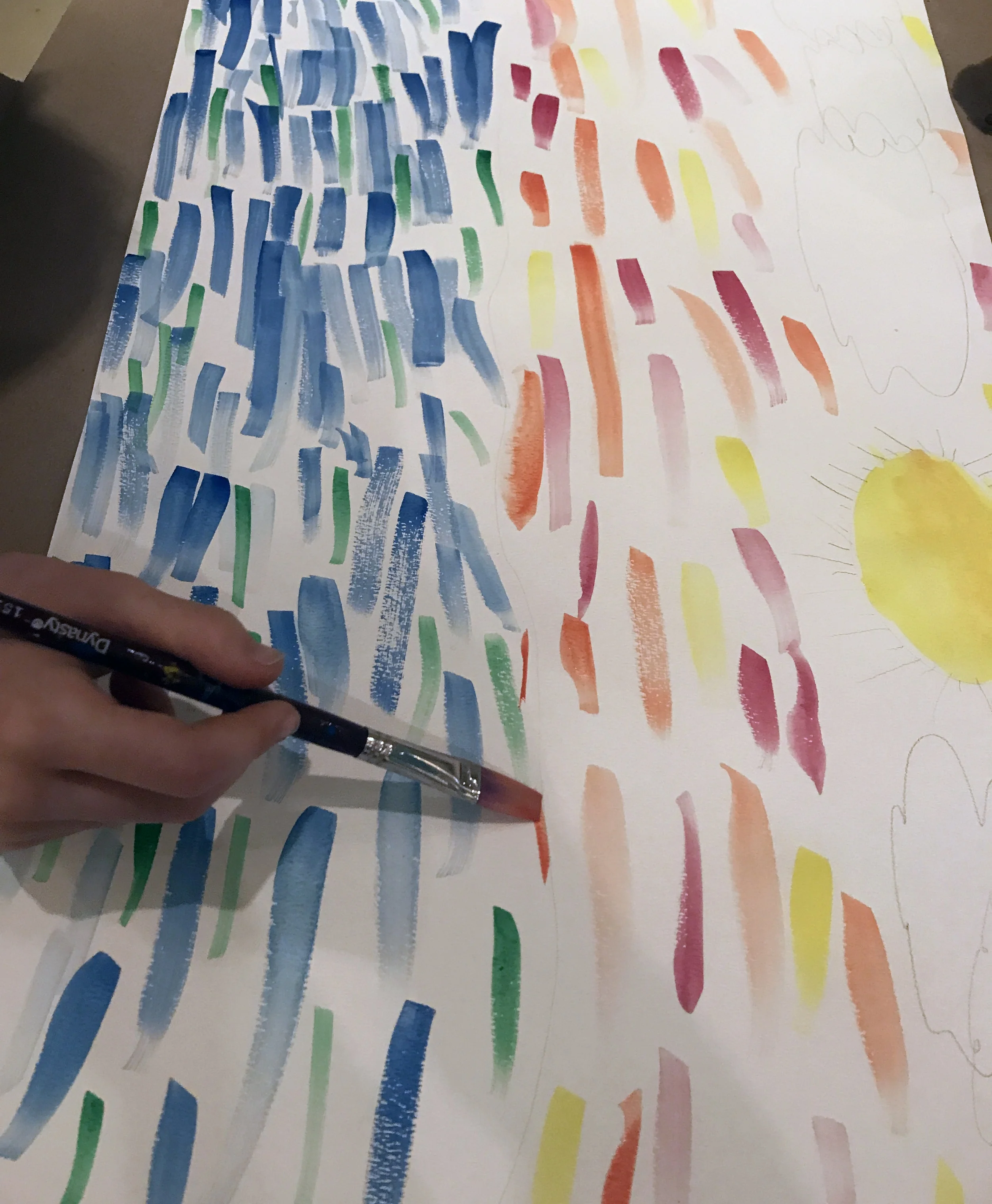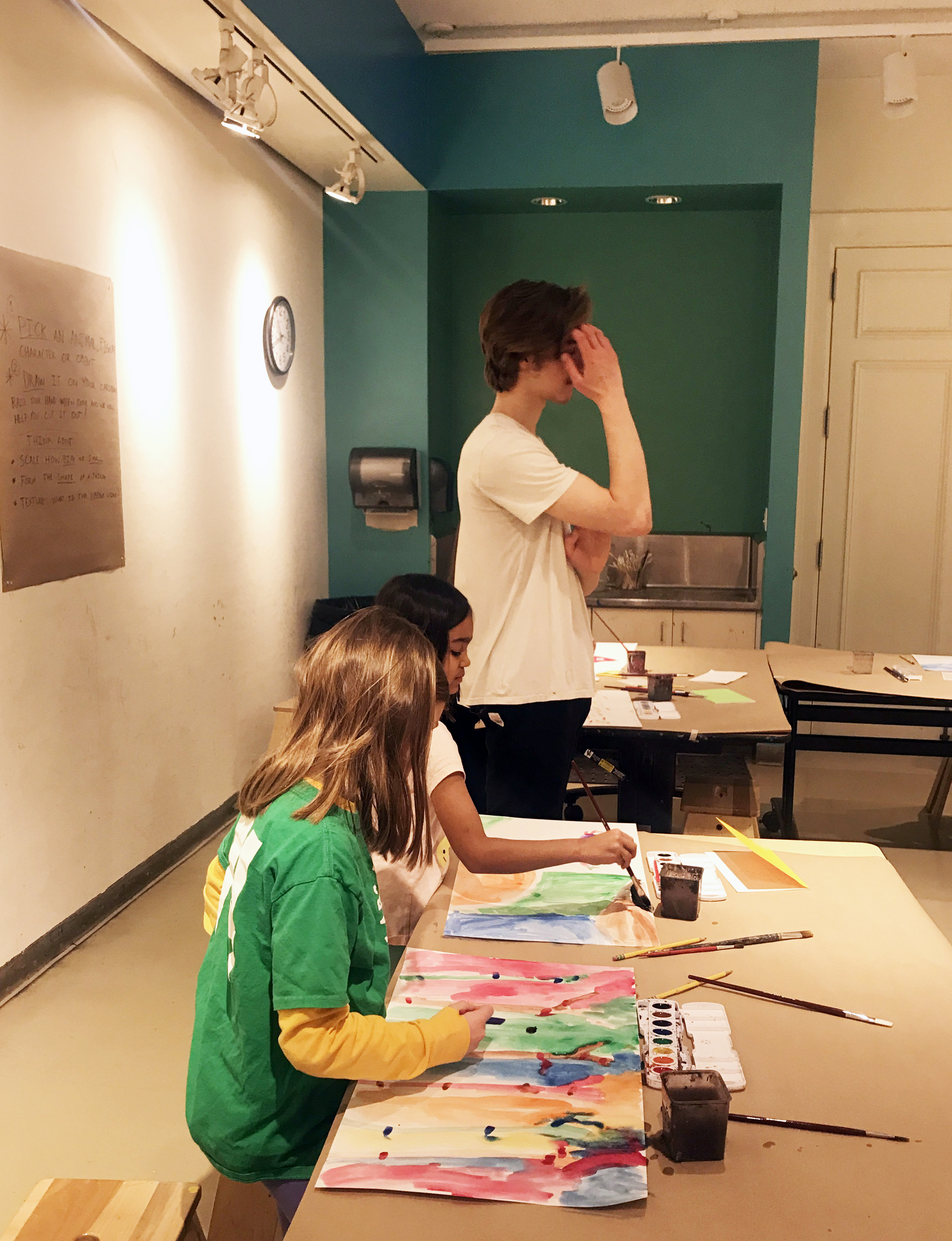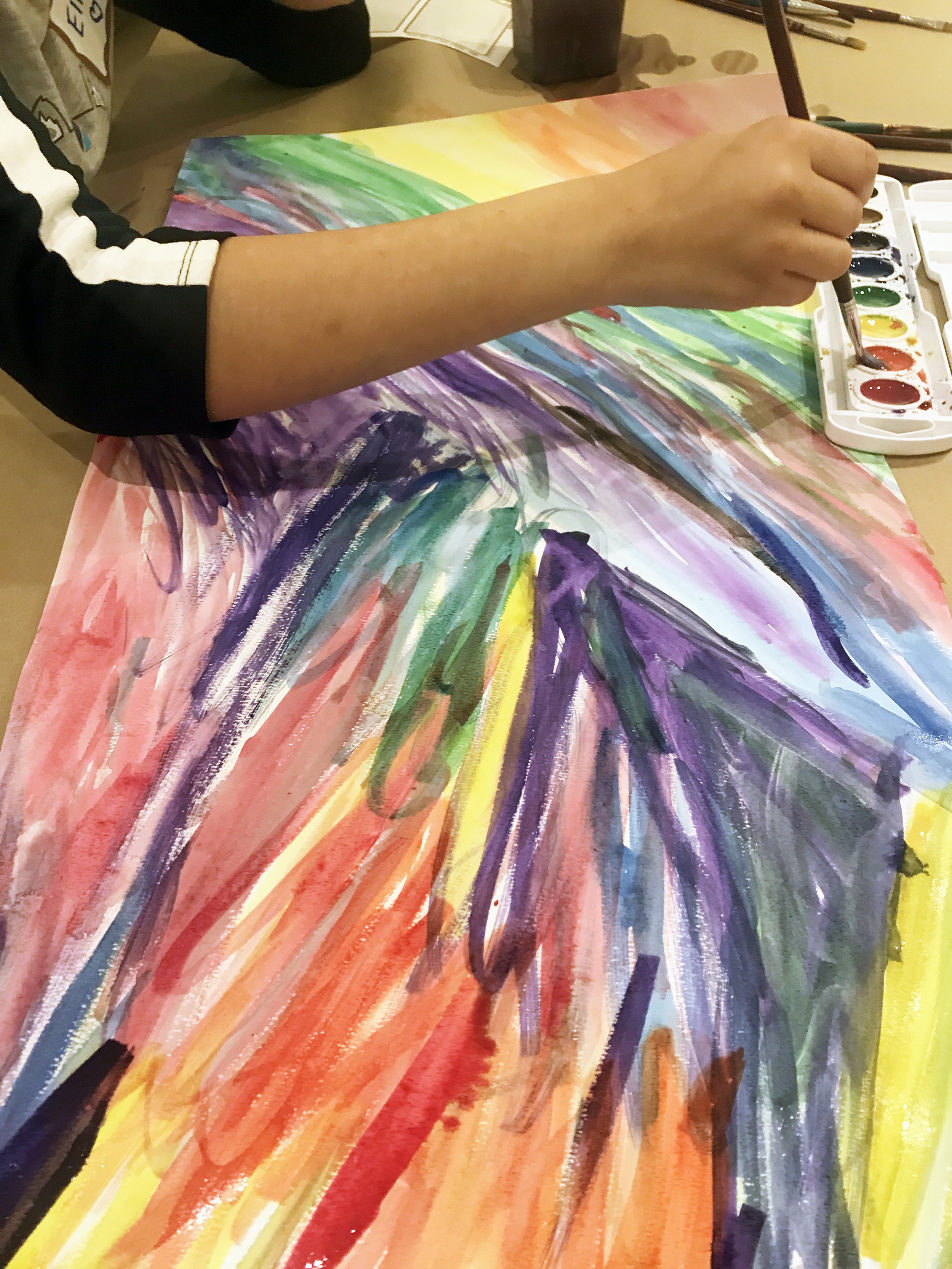Name of Project: MIA Cardboard creations gallery tour
School/Teacher/Classroom or Arts Organization/Mentor: Witt Siasoco
Grade Level or Age of Participants: age 7-10, 10-13
MCAD Teaching Artist: Calvin Hafermann
Overview of Project
For the “making” portion of the class, students will be creating fantastical creatures or sculptures out of cardboard. This tour of sculptural works in the MIA galleries, while not showing works made of cardboard, will provide students with inspiration and examples of 3D visual principles and building techniques.
“Big Ideas”/ Essential QUESTION(s)
How can artists manipulate and transform material to create recognizable figures or works?
How can an artist visualize something, and use material to create it in three dimensions?
How does material impact our outcome or visualization of what we make?
Student Outcome Objectives
What do you want the students to understand and do? Use Bloom Taxonomy verbs to create 1-3 learning outcome objectives for the assignment. Find Bloom verbs to write scaffolded, active learning objective at https://cft.vanderbilt.edu/guides-sub-pages/blooms-taxonomy/
Students will:
1. Analyze gallery works in order to gain an understanding of how to work with material and form in three dimensions
2. Apply technique, inspiration or ideas garnered on gallery tour to their own work and process
3. Students will create original works of art from the media provided.
Prior Knowledge
What prior experience or knowledge do the students need before they begin this work?
Little if any is needed. Prior understanding of sculpture or experience building or constructing 3D things could be beneficial, but the class is meant to be fully entry level.
Lesson Preparation Timeline
Create a teaching preparation and presentation schedule. Include planning meetings with MCAD instructor and collaborating teacher, lesson planning preparation, material procurement and preparation, teaching dates and artwork installation dates, if applicable.
Monday, Feb.19 – Meet with Witt to discuss tour prep, works to look at, tour guiding techniques
Mid Feb – early March – Research and prep for tour. MIA digital archives, planning backwards model
Thursday, Mar. 8 – Send PBM draft to Lynda for review
Friday, Mar. 9 – Meet with Witt to prep.
Saturday, Mar. 17 – Give tour during class at MIA
Examples of Artwork
William Hunt Diederich, Cock or Chanticleer, iron, wire, wood, 1918
Louise Bourgeois sculpture, title to be found, in modern and contemporary galleries. Black, flat planes to create volume in space.
Calder mobile (ahab) in main lobby
Cardboard buddha
Tyiwara headcrest, early 20th century, wood. OR Sowah Kwei, Fantasy Coffin, 1993, wood. Lobster/prawn coffin
Additional Resources
Identify books or weblinks used to prepare the lesson plan and/or student learning materials
Materials
None needed for tour
Learning Activities and Timing
Describe teaching and learning activities in step-by-step instructions including a time range for each. Make this inclusive and descriptive. What will you do, what will the students do?
Gallery tour schedule
1. Cock or chanticleer, ask students what they see and what they notice about how it was made. Point out didactic, try to draw out that the piece is made by bending and cutting metal, explain these skills as translatable to cardboard. Approx. 7-10 minutes
2. Alexander Calder, "Ahab", consider abstraction, subjectivity, and what each viewer sees in the piece. How can it represent it's subject matter, as well as other images or themes?
3. Tiywara headcrest or fantasy coffin, both are near each other or in adjacent galleries. Both can be used to talk about transformation of material, but to slightly different ends. T.H is wood, but comprised of very organic, highly finished flowing shapes. F.C is also wood, highly finished and organic looking. They differ though, in that T.H becomes a more evocative or abstracted figure or creature, while F.C is basically realistic. Discuss material transformation, that you can make things with any material that look like other things.
Teaching Artist Reflection
One potential issue I could see is that students might have trouble translating what is seen in the galleries to the media they are working with. The students will be working with cardboard, but none of the works in the galleries are made of cardboard. Hopefully the chicken piece and Louise Bourgeois piece will connect in terms of how they translate material from flat to dimensional.
The gallery tours are an integral part of the creative Saturdays classes. They expose students to works in the MIA collection, and help provide inspiration and real world connection to what students make in the classroom.
Witt (and possibly me, if allowed) will take pictures of student work or students at work, to be used for the T.A. blog or MIA resources.
I’m not entirely sure. I’ll be working with fairly young students, and this class is a one off. Hopefully I will be able to observe students utilizing techniques that appear to be inspired by works I show them in the galleries, or they will comment directly on works they connected with.







